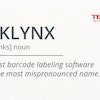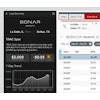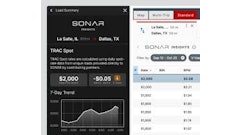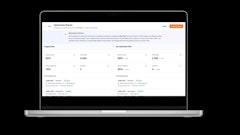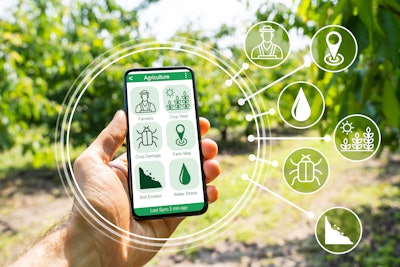
Across the United States, there has been an increased interest in organic and farm-fresh food, which is proving to have a significant economic impact. According to Statista, the consumption value of organic packaged food is expected to grow to over $25 billion by 2025. However, the USDA NASS 2020 Local Food Marketing Practices Survey reports that only about 10% of farms’ direct sales come from online markets. This highlights an opportunity for direct-to-consumer (D2C) farmers to cater to the health-oriented interests of today’s consumers.
Technology is helping D2C farms stay fresh
Farmers nationwide are leveraging technology to manage their businesses and better meet the demands of their growing customer base. It’s not just a national trend — globally, 39% of farmers surveyed by McKinsey are currently using, or planning to use, at least one AgTech product in the next two years.
AgTech products are just the beginning. There are several additional ways farmers can use technology to optimize operations. One way is using an industry-specific inventory management system aligned with their point-of-sale (POS) system. Through this combination, farmers can:
Track inventory in real time. Understanding the farm’s inventory at any given time informs farmers of their most popular items and provides insight into customer spending habits. It reveals which items sell best, shows which products customers often buy together, and indicates when customers tend to make larger purchases, allowing farms to keep up with demand for popular items and promote deals for slow-moving stock.
For example, during the holiday season, farms can use historical data to ensure stock of popular items such as beef, lamb, or winter vegetables. They can also offer holiday bundles, gift options, or discounts on items that usually move slower in order to make room for new inventory. Providing these types of perks not only incentivizes consumers to buy, but also can increase their overall loyalty to the farm. Gifting, whether it be physical food or a gift card, can also help the farms to reach new customers.
Tracking inventory in real time also prevents farms from overselling products and having to cancel orders, which is critical in ensuring customers receive their orders, as expected, building trust and loyalty.
Manage weight-based inventory. Accurate inventory records allow farmers to quickly update multi-SKU bundles or make batch updates to products, giving customers a real-time view of what’s available. Good inventory management technology also enables farms to sell their products by weight, catering to customers looking for specific portion sizes or working within a strict budget. Additionally, accurate inventory records and the right tools can help farmers meet the USDA’s strict requirements for the packaging of variable-weight foods, which otherwise can result in steep fines.
Streamline operations with optimized labeling and barcodes. An efficient labeling system enables farmers to provide their customers with better buying experiences, while also saving themselves operational headaches.
For customers, well-labeled foods or packages provide crucial information at a glance, providing transparency and helping customers make informed purchasing decisions. For example, they can easily see quantities, price, and freshness of products like meat, fish, or produce.
For farmers, a good labeling system streamlines operations and inventory records. At in-person checkout, scanning a barcode eliminates manual price calculations, reducing errors. In online sales, the system automatically registers sold items, so that customers don’t accidentally try to purchase items that are out of stock.
Gain valuable insights about product performance. Accurate inventory data provides farmers with a comprehensive view of their farm's performance and most popular items, and can help identify consumer trends in their inventory and sales. Some solutions offer predictive analytics, forecasting future inventory needs based on historical data such as peak seasons, popular items, and online versus in-person sales patterns. By tracking these different metrics, farmers can better manage their stock levels — reducing the risk of stockouts or overstocking certain products, which is crucial for perishable goods.
For example, with the upcoming holiday season, inventory data can help farms stay on top of high-demand items and ensure that customers will be met with their desired items. Farms can also look at trend data to make decisions about operations like taking preorders for high selling items. This can help manage customer expectations and offset potential hiccups during their busy season.
Inventory technology also offers farmers access to key performance indicators (KPIs), which can include inventory turnover rate, order accuracy, and carrying costs. These metrics help identify areas for improvement in the inventory management process. As consumer demand for farm-fresh, sustainable foods grows, effective inventory management is increasingly important for farms to be successful D2C businesses.
The right inventory management system allows farmers to meet growing consumer demands while running their farms better. This technology positions farms to thrive in a market that values fresh, sustainable produce.

